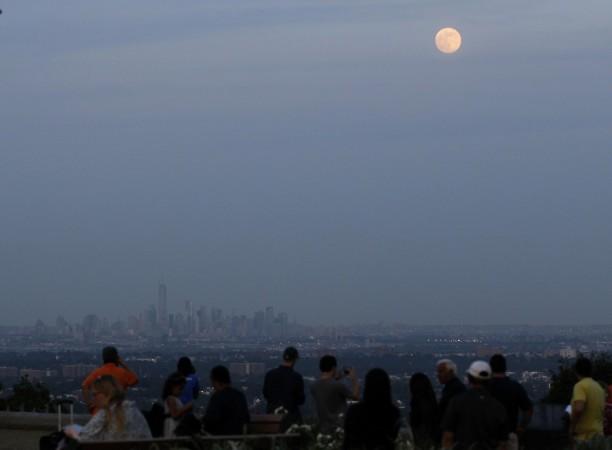
Sky watchers will be in for a visual treat on Wednesday night (10 July) when both Venus (Morning star/Evening star) and Moon (the only natural satellite of Earth) will appear to be closest to each other.
The celestial event of "Moon in conjunction with Venus" will occur at 11.48 pm on Wednesday. But sky watchers can witness the event only after sunset which is expected at 6.55 pm.
"Moon being seen with other celestial bodies is a common phenomenon. This particular occurrence is special because despite the distance between them, Moon and Venus seem very close to each other when viewed from Earth," Raghunandan Kumar, founder and secretary of the Planetary Society of India, was quoted as saying by The Times of India.
On 10 July, Venus appears above on the right side of crescent Moon. For those who miss the event can witness it on 11 July. Venus will be below Moon's right side. After the celestial feat on 10 July, the distance between Moon and Venus will widen in the coming days.
Direction and timings:
"After sunset one has to look in west direction to find crescent Moon and a non-twinkling star like object i.e. Venus. This event is best visible after sunset to 8.30 p.m. Because on 10th July 2013 sun will set at 6.55 p.m. and Moon will set at 8.16 pm whereas Venus sets at 8.40 p.m," according to a statement from the planetary society of India.
In addition to spotting Moon and Venus, planet Saturn will also be visible as a non-twinkling bright object at east direction after sunset. Saturn, which has been visible since 28 April, can be seen up till 1 am these days. The planet commences its journey from east and sets in the west when it is close to midnight.

















